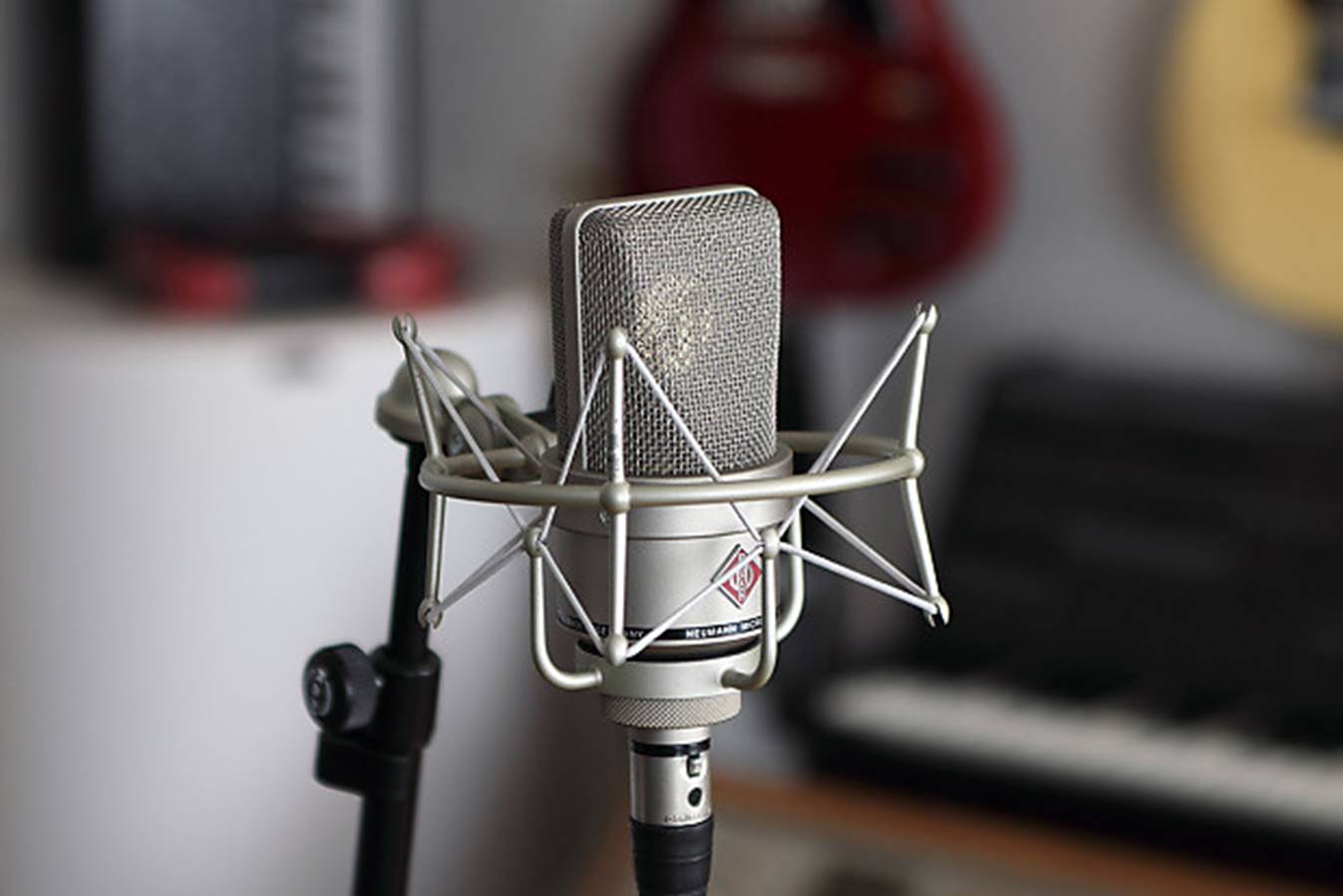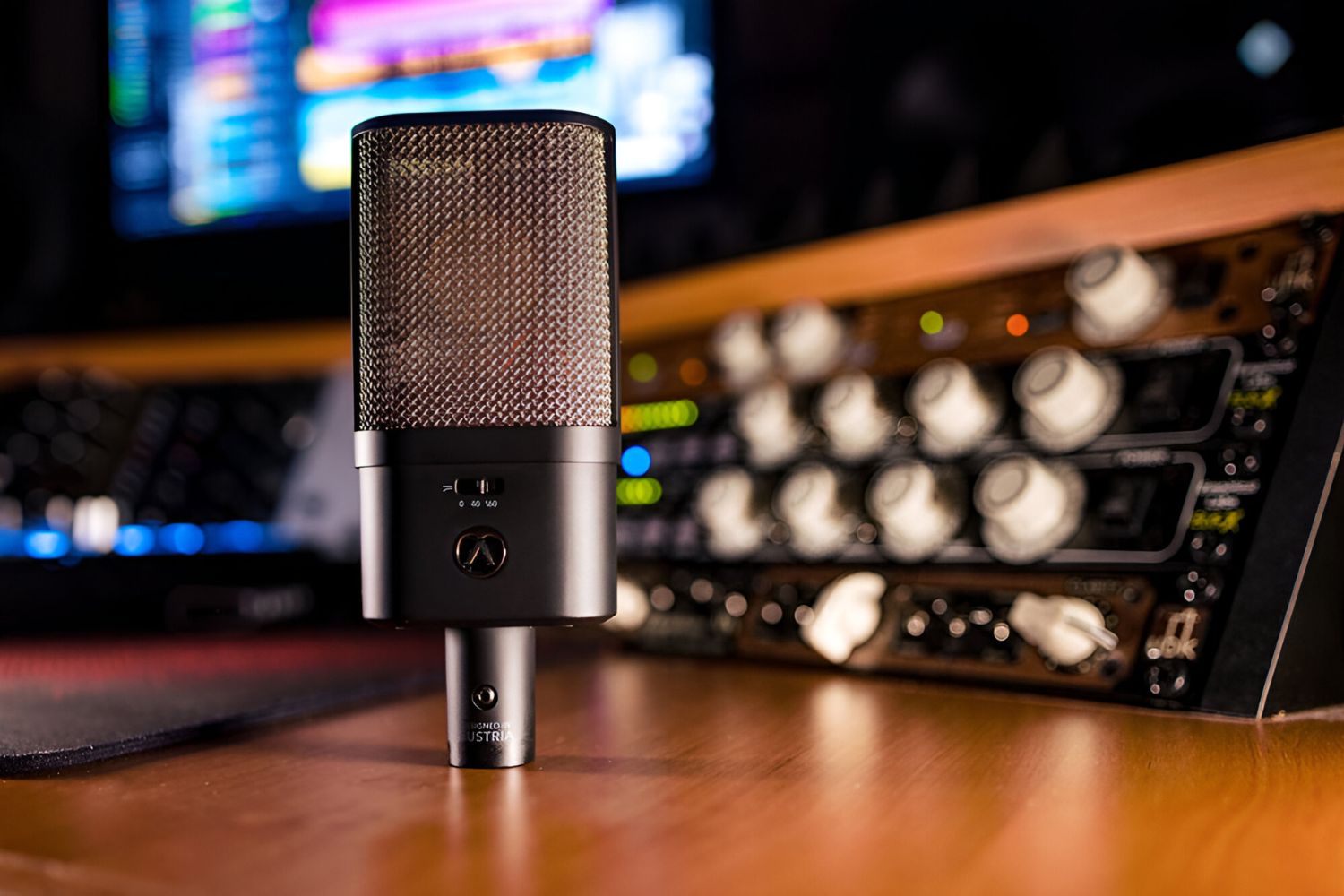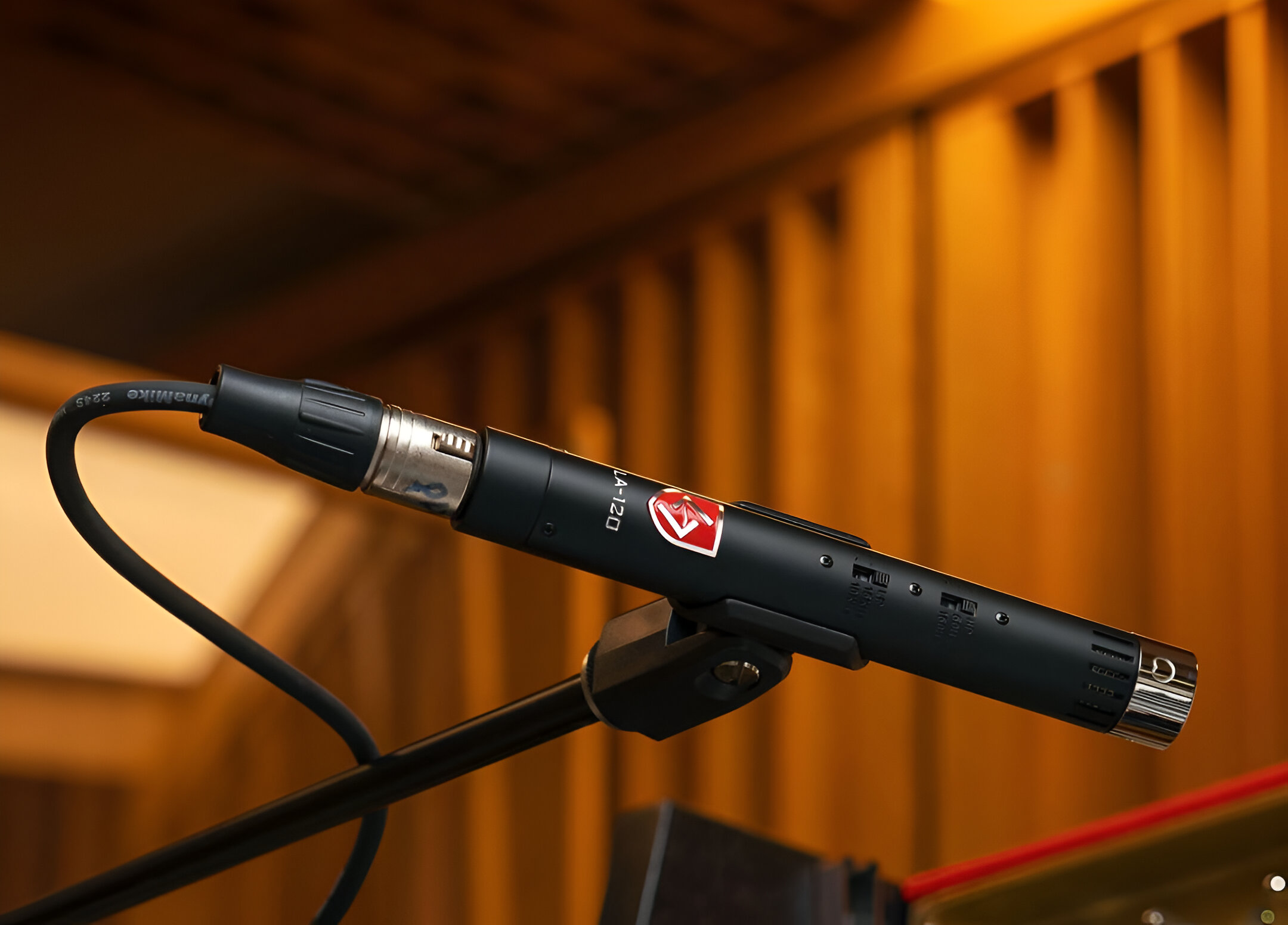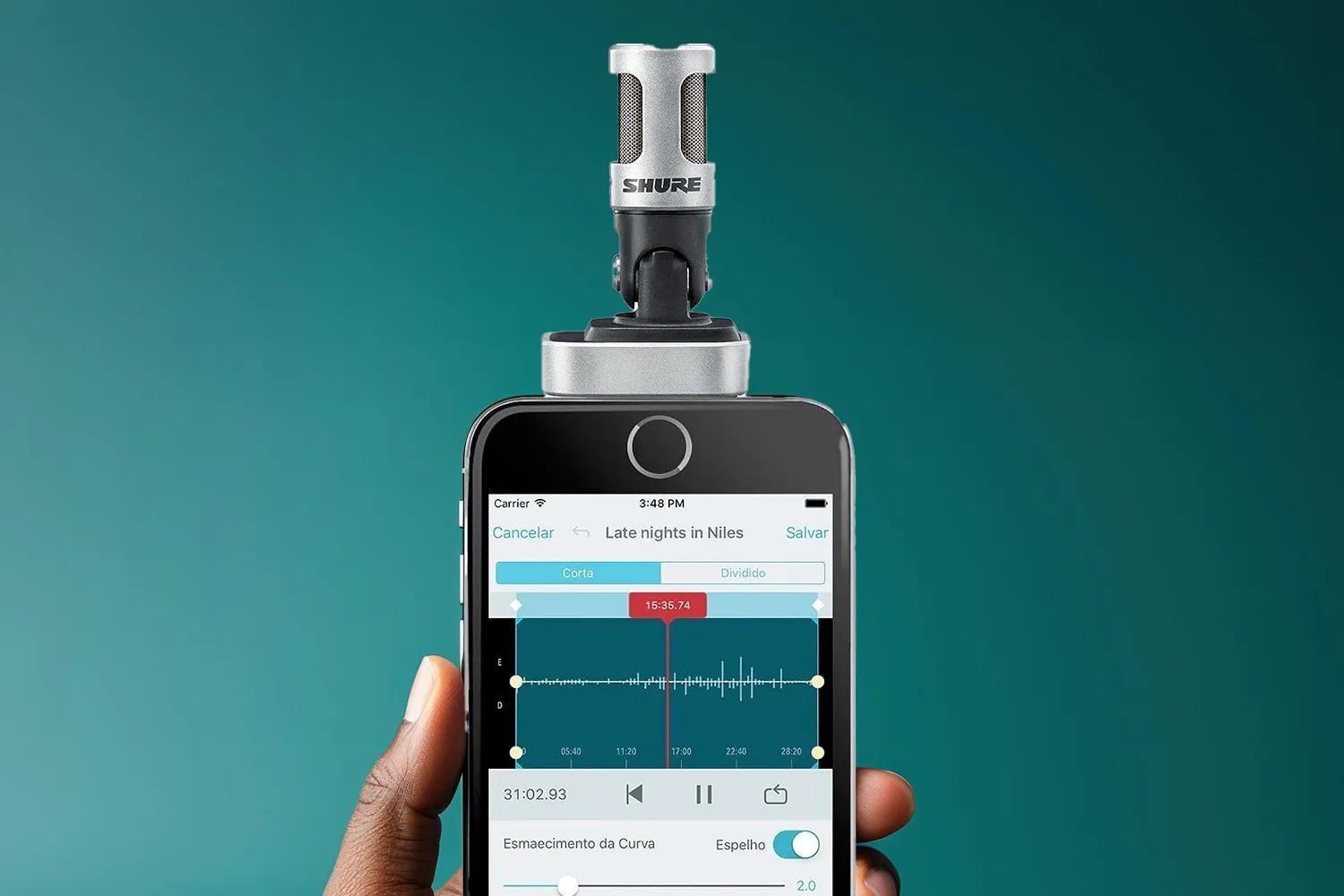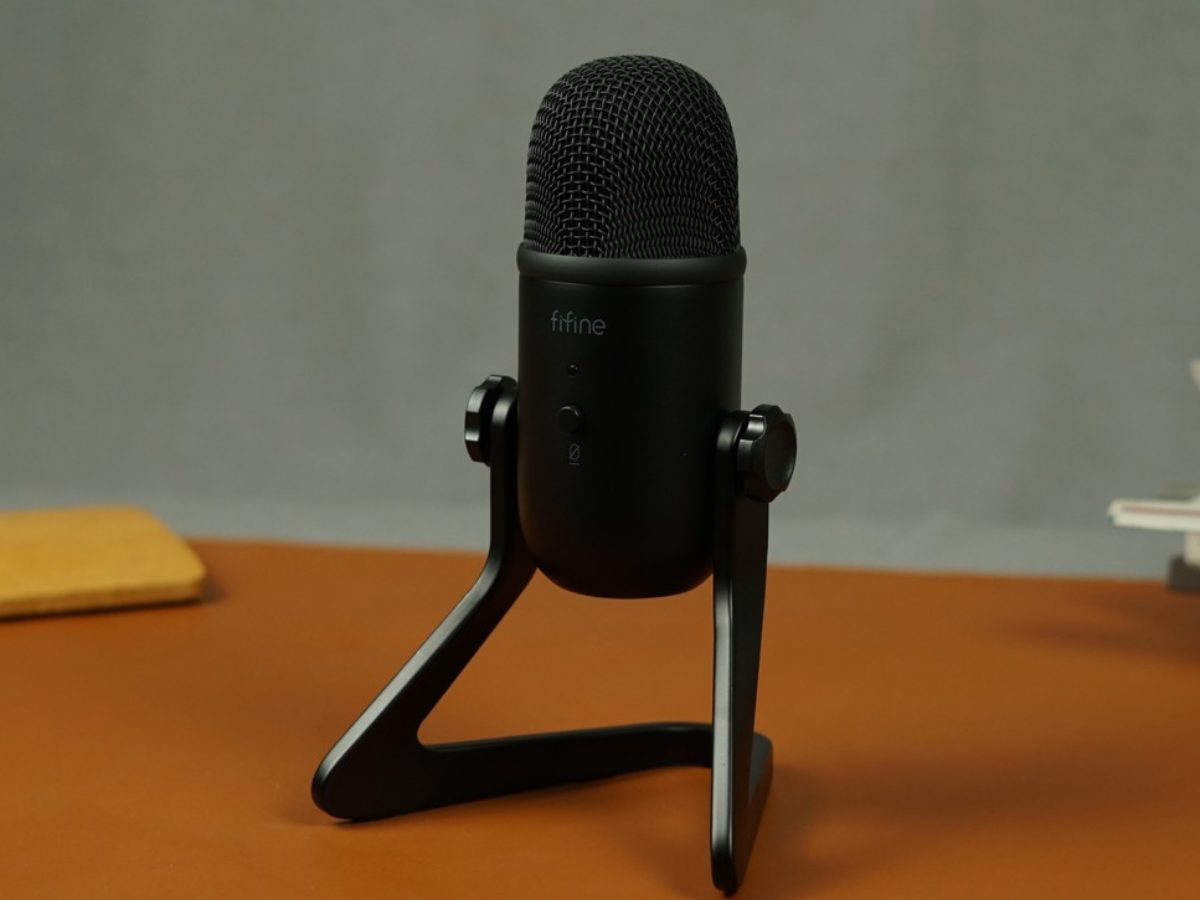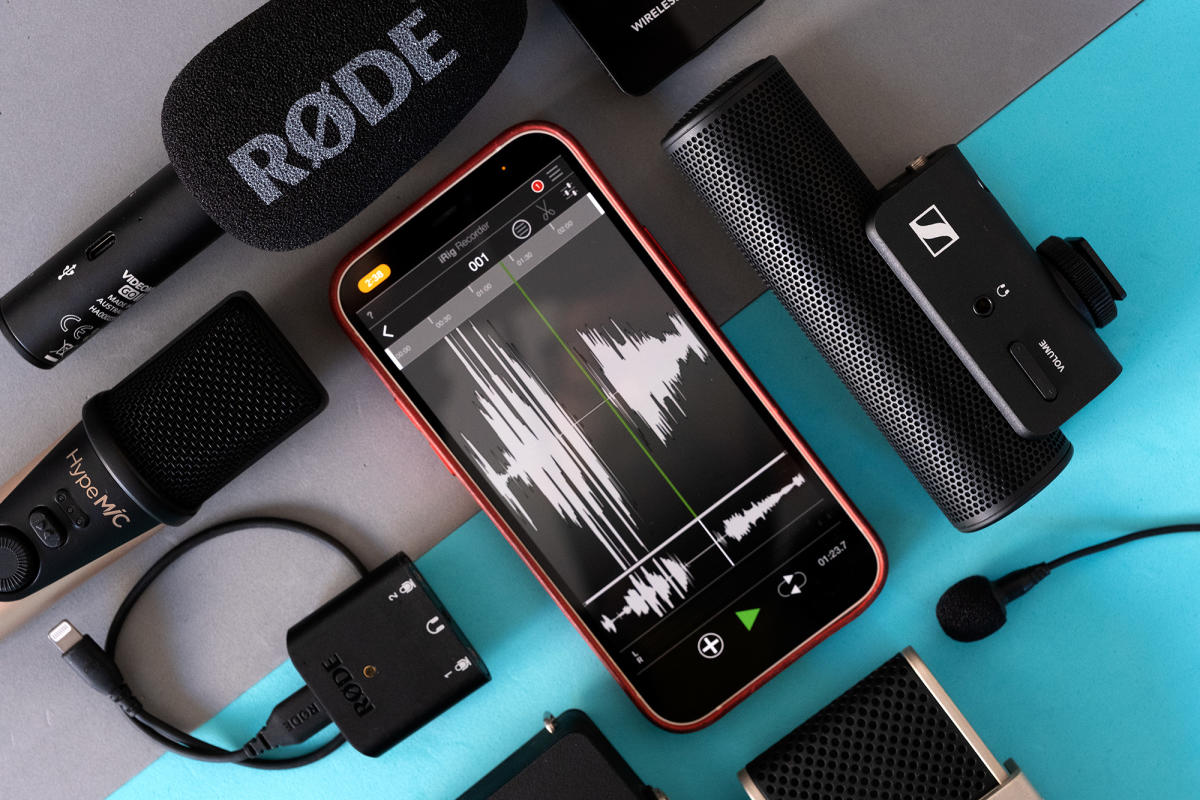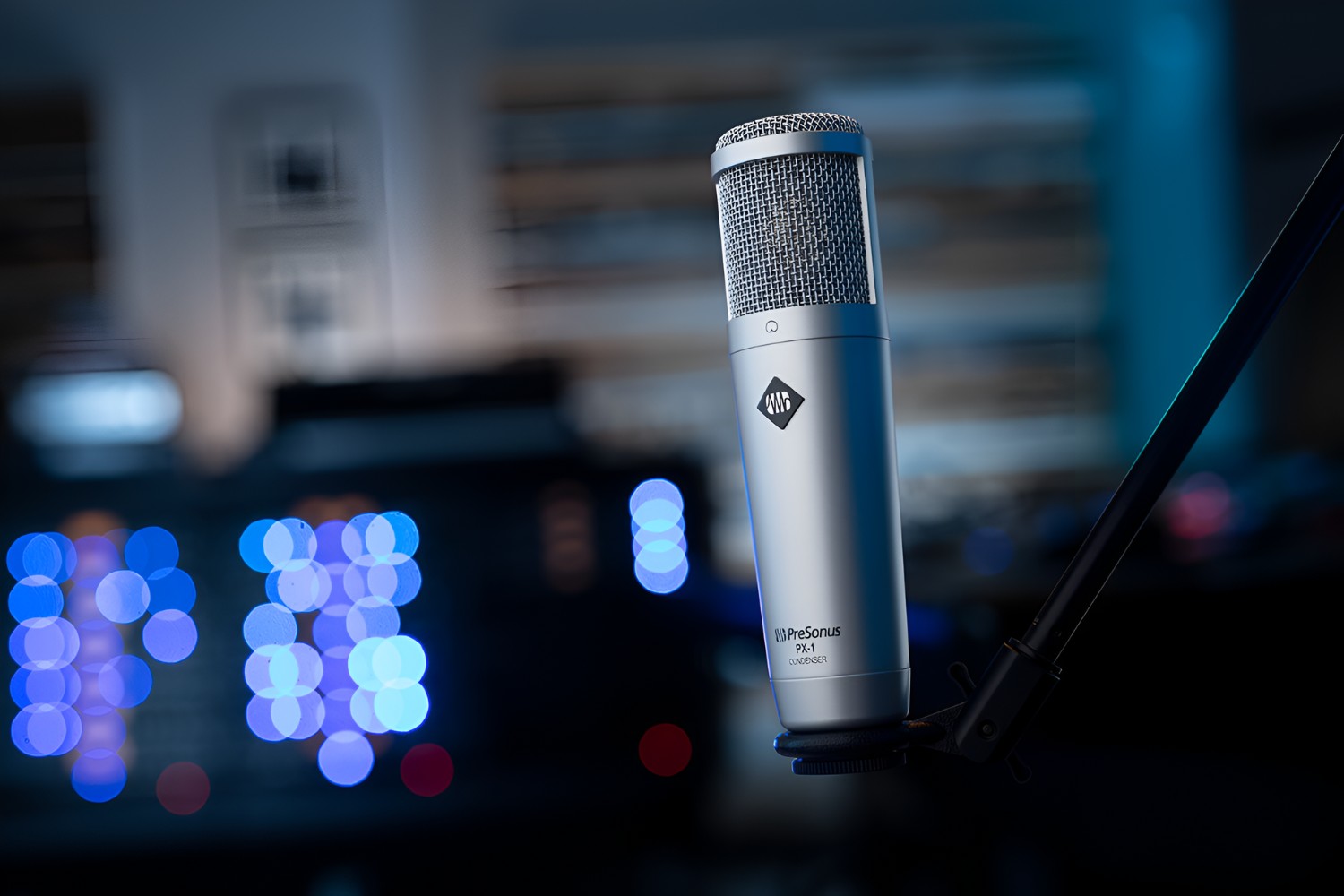Introduction
Understanding the Issue of a Quiet Condenser Microphone
A condenser microphone is an essential tool for capturing high-quality audio, commonly used in professional recording studios, live performances, and podcasting. However, encountering a quiet condenser microphone can be frustrating, especially when it hinders the recording process. When a condenser microphone becomes unexpectedly quiet, it can disrupt the workflow and lead to subpar audio quality. Understanding the potential causes and solutions for this issue is crucial for anyone working with audio equipment.
In this article, we will delve into the common reasons why a condenser microphone may become quiet and explore practical solutions to address this issue effectively. Whether you are a seasoned audio engineer, a content creator, or a novice enthusiast, having a comprehensive understanding of this topic can save you time and frustration in troubleshooting microphone-related problems.
A quiet condenser microphone can stem from various factors, including technical malfunctions, improper setup, or environmental influences. By identifying the root cause of the issue, you can implement targeted solutions to restore your microphone's optimal performance. Whether it's a faulty connection, low phantom power, or an overlooked setting, resolving the quiet microphone dilemma is achievable with the right knowledge and troubleshooting techniques.
Throughout this article, we will unravel the mystery behind a quiet condenser microphone and equip you with practical insights to rectify this common audio equipment issue. By the end of this read, you will be empowered to tackle a quiet condenser microphone with confidence, ensuring that your audio recordings maintain the clarity and richness they deserve. Let's embark on this journey to uncover the causes and solutions for a quiet condenser microphone, empowering you to elevate your audio recording experience.
Common Causes of a Quiet Condenser Microphone
Understanding the common causes of a quiet condenser microphone is essential for diagnosing and resolving this issue effectively. Several factors can contribute to a sudden decrease in microphone volume, impacting the overall audio quality. By identifying these root causes, you can implement targeted solutions to restore your microphone’s optimal performance. Here are some prevalent reasons why a condenser microphone may become quiet:
- Phantom Power Issues: One of the primary causes of a quiet condenser microphone is inadequate phantom power. Condenser microphones require phantom power to function correctly, typically supplied through an audio interface or mixing console. If the phantom power is insufficient or not activated, the microphone may produce significantly low output levels, resulting in a quiet audio signal.
- Loose or Faulty Connections: Another common culprit behind a quiet condenser microphone is loose or faulty connections. Whether it’s a damaged XLR cable, a malfunctioning input jack, or a loose connection at the microphone or interface, any disruptions in the audio signal path can lead to diminished microphone output. Inspecting and securing all connections is crucial in troubleshooting this issue.
- Environmental Interference: Environmental factors such as electromagnetic interference, radio frequency interference, or ambient noise can impact the performance of a condenser microphone. Proximity to electronic devices, power sources, or other audio equipment emitting electromagnetic fields can introduce unwanted noise and affect the microphone’s sensitivity, potentially resulting in a quieter audio signal.
- Microphone Settings: Incorrect microphone settings or overlooked configuration parameters can also contribute to a quiet condenser microphone. Whether it’s an improperly set input gain, a low sensitivity setting, or a pad engaged on the microphone, these settings can inadvertently reduce the microphone’s output level. Verifying and adjusting the microphone settings can help rectify this issue.
By recognizing these common causes of a quiet condenser microphone, you can systematically troubleshoot and address the underlying issues, restoring your microphone’s performance to its full potential. In the next section, we will explore practical solutions to effectively resolve the quiet condenser microphone dilemma, empowering you to optimize your audio recording experience.
Solutions for a Quiet Condenser Microphone
Resolving the issue of a quiet condenser microphone involves implementing targeted solutions to address the root causes identified in the previous section. By systematically troubleshooting the potential culprits, you can restore your microphone’s optimal performance and ensure that it delivers the expected audio quality. Here are practical solutions to rectify a quiet condenser microphone:
- Verify Phantom Power: Start by confirming that the phantom power supply for your condenser microphone is adequate and properly activated. Check the specifications of your audio interface or mixing console to ensure that it can supply the required phantom power (usually 48 volts) to the microphone. If necessary, activate the phantom power and test the microphone’s output to determine if this resolves the quiet audio signal.
- Inspect and Secure Connections: Thoroughly examine all connections associated with the condenser microphone, including the XLR cable, input jacks, and interface connections. Look for any signs of damage, corrosion, or loose connections, and address any issues accordingly. Ensuring secure and reliable connections is essential for maintaining the integrity of the audio signal and preventing a decrease in microphone volume.
- Minimize Environmental Interference: Identify potential sources of environmental interference that may be affecting the condenser microphone’s performance. Position the microphone away from electronic devices, power sources, and other audio equipment that could introduce electromagnetic or radio frequency interference. Additionally, consider utilizing shielded cables and creating a conducive recording environment to minimize ambient noise and external disruptions.
- Adjust Microphone Settings: Review and adjust the microphone settings to optimize its performance. Check the input gain levels, sensitivity settings, and any additional features or pads on the microphone. By fine-tuning these settings based on the recording requirements and environmental conditions, you can ensure that the microphone produces an adequate and clear audio signal without being excessively quiet.
By implementing these solutions, you can effectively troubleshoot and resolve the issue of a quiet condenser microphone, restoring its functionality and enabling you to capture high-quality audio with confidence. It is essential to approach the troubleshooting process methodically, addressing each potential cause and solution systematically to pinpoint and rectify the underlying issues. With these practical solutions at your disposal, you can overcome the challenges associated with a quiet condenser microphone and elevate your audio recording endeavors.
Conclusion
Addressing the issue of a quiet condenser microphone is a fundamental aspect of maintaining optimal audio quality and ensuring a seamless recording experience. By understanding the common causes and implementing targeted solutions, you can effectively troubleshoot and resolve this prevalent issue, empowering you to capture clear and robust audio recordings.
Throughout this article, we have explored the potential reasons behind a quiet condenser microphone, ranging from phantom power inadequacies and connection issues to environmental interference and microphone settings. By recognizing these factors and their impact on microphone performance, you are equipped with the knowledge to systematically address and rectify the underlying issues, restoring your microphone’s functionality.
Whether it involves verifying phantom power, inspecting and securing connections, minimizing environmental interference, or adjusting microphone settings, each solution plays a crucial role in troubleshooting a quiet condenser microphone. By methodically applying these solutions, you can overcome the challenges associated with diminished microphone volume and ensure that your audio recordings meet the desired standards of clarity and fidelity.
Ultimately, the ability to troubleshoot and resolve a quiet condenser microphone enhances your proficiency in working with audio equipment, empowering you to deliver exceptional audio content across various creative endeavors. By leveraging the insights and solutions presented in this article, you are well-prepared to address the quiet condenser microphone dilemma with confidence and precision, fostering an environment where high-quality audio production thrives.
As you navigate the intricacies of audio recording and production, the knowledge and troubleshooting techniques acquired here will serve as valuable assets in maintaining the optimal performance of your condenser microphone. With a proactive approach to identifying and resolving potential issues, you can elevate the quality of your audio recordings and amplify the impact of your creative expression.







